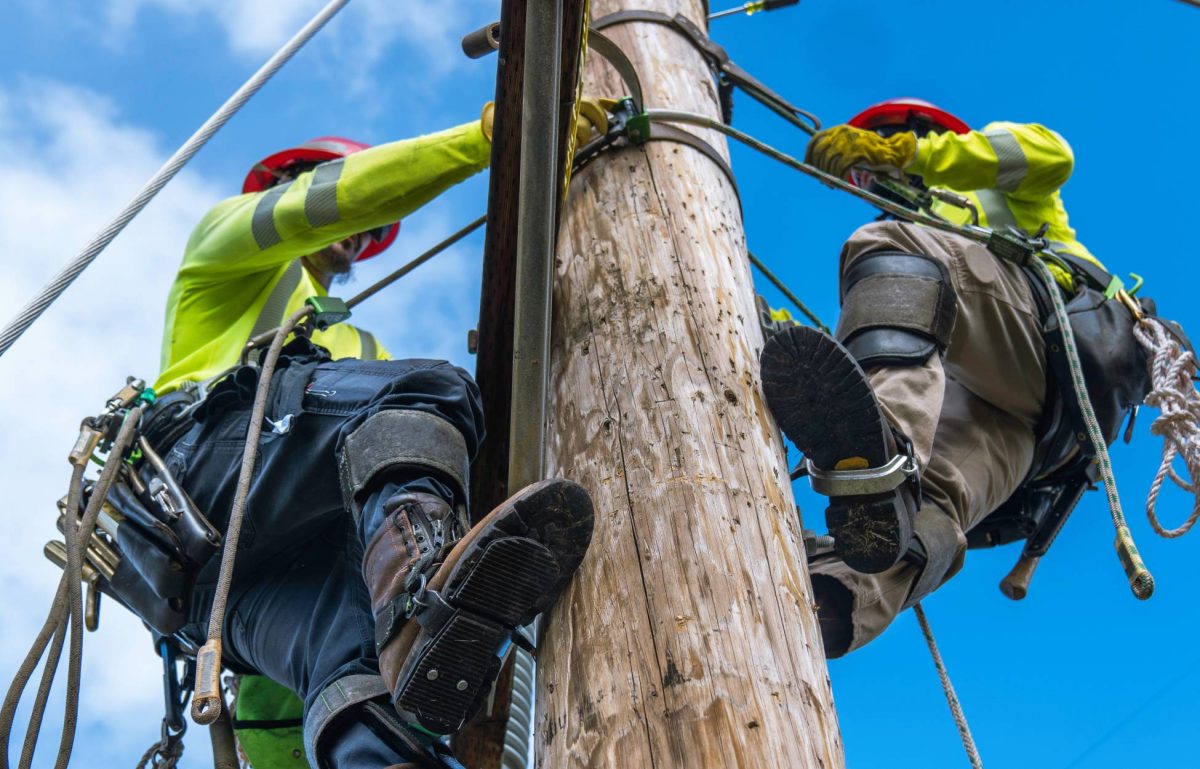Utility poles are the unsung heroes of modern infrastructure. They support the power lines that light up our homes, the communication cables that keep us connected, and the signals that ensure our safety on the roads. Despite their robustness, utility poles are vulnerable to various forms of damage. Understanding these common causes is crucial for utility workers tasked with maintaining this critical infrastructure. Let’s explore the four most common causes of utility pole damage and what utility workers can do to mitigate these risks.
Weather-Related Damage
One of the foremost causes of utility pole damage is severe weather. High winds, heavy snowfall, and hurricanes can exert immense pressure on poles, causing them to buckle or break. In coastal areas, saltwater exposure can accelerate corrosion, weakening the poles over time. Proactive measures, such as regular inspections and the use of weather-resistant materials, can significantly reduce the risk. Additionally, implementing advanced weather monitoring systems can provide early warnings, allowing utility workers to take preventive actions.
Vehicular Accidents
Vehicular collisions are another prevalent cause of utility pole damage. Traffic accidents knock down thousands of poles each year. These incidents not only disrupt services but also pose significant safety hazards. To mitigate this risk, utility companies can work with local governments to install protective barriers around poles in high-traffic areas. Reflective coatings and better lighting can also make poles more visible to drivers, reducing the likelihood of collisions.
Pole Aging
The aging of utility poles is an inevitable issue that utility workers must contend with. Over time, even the sturdiest poles degrade due to natural wear and tear, insect infestations, and prolonged exposure to the elements. Older poles are more susceptible to breaking, which can lead to service interruptions and safety concerns. Regular maintenance schedules, which include detailed inspections and timely replacements of older poles, are essential. Using materials like composite or steel can also extend the lifespan of utility poles compared to traditional wood.
Improper Installation
Improper installation is another significant cause of utility pole damage. Poles that are incorrectly anchored or installed in unstable soil can tilt or fall, jeopardizing the entire network they support. Utility workers must adhere to stringent installation guidelines and use appropriate equipment to ensure the secure placement of poles. Training programs focused on best practices in pole installation can also go a long way in minimizing errors and enhancing the overall reliability of the infrastructure.
Utility poles are vital to our daily lives, yet they face numerous threats that can compromise their integrity. By understanding the most common causes of utility pole damage, utility workers can better prepare and implement strategies to safeguard these crucial structures.













